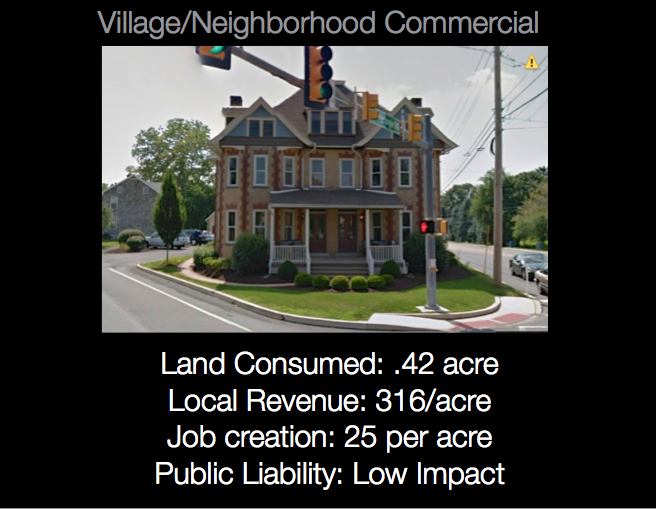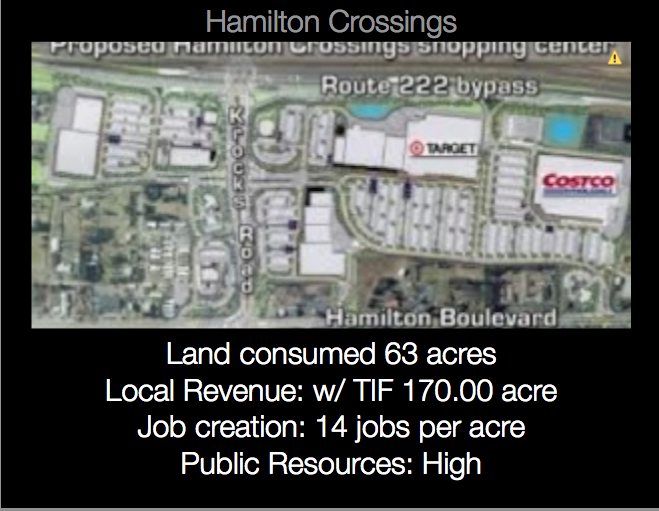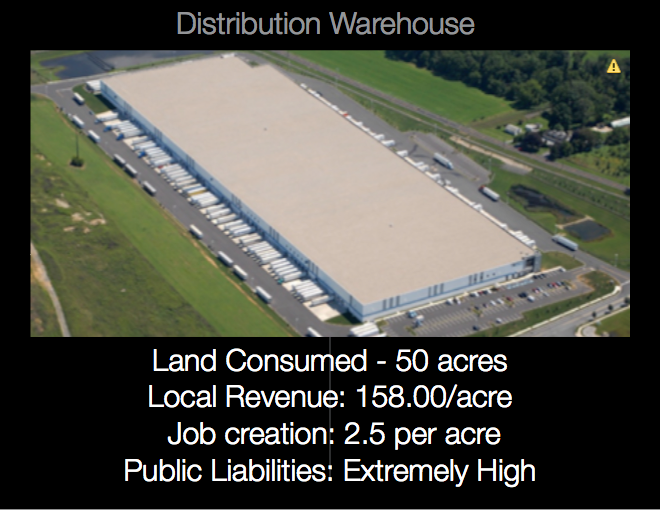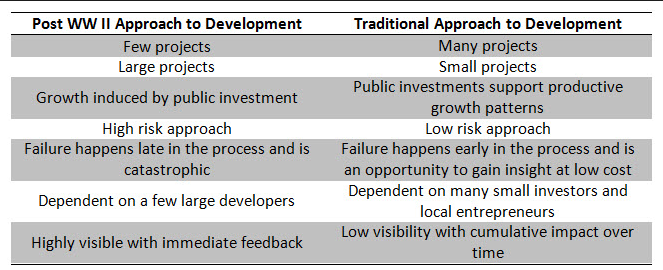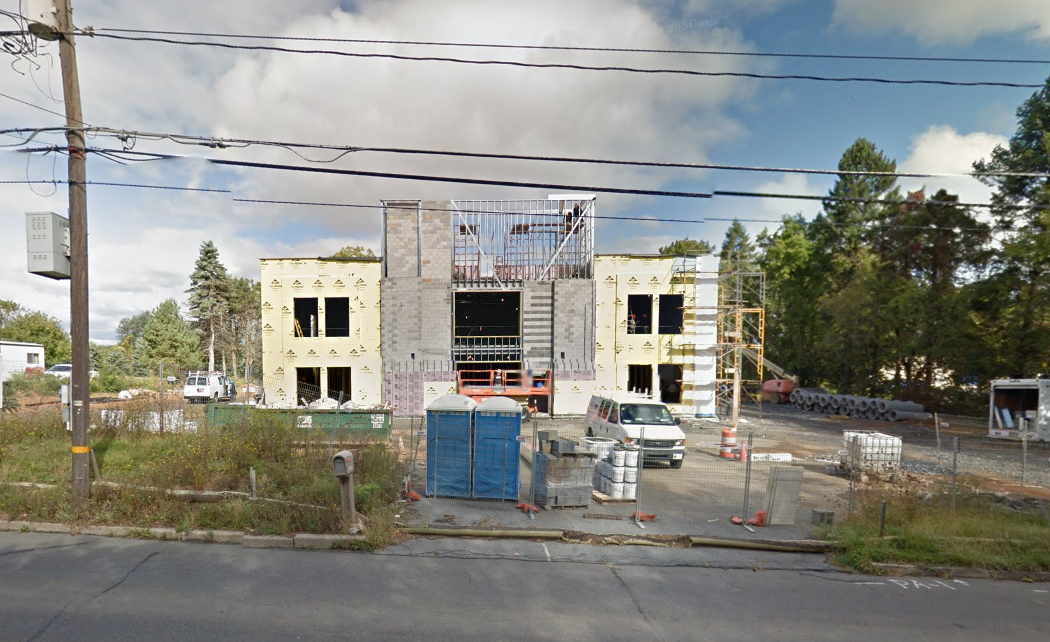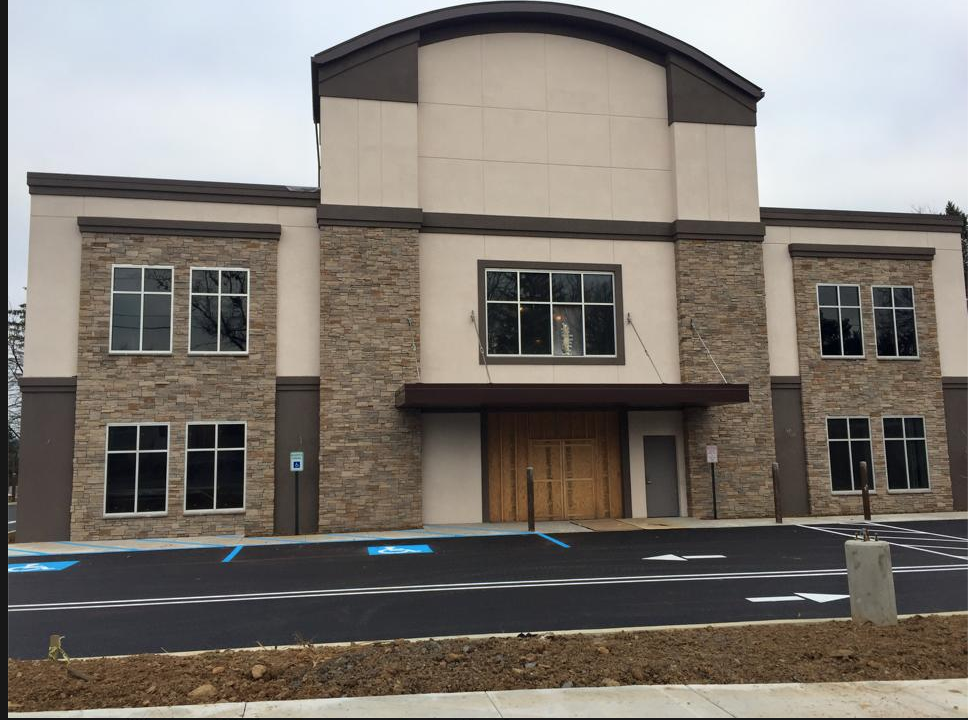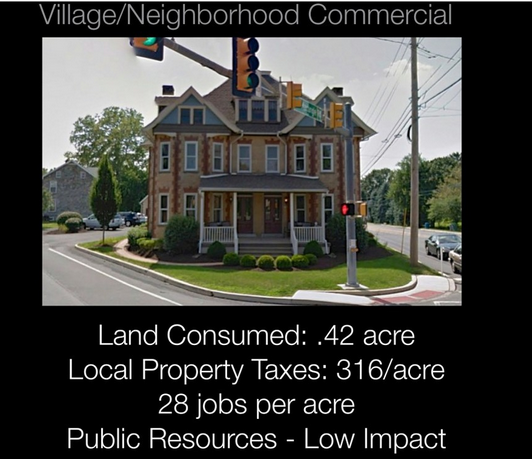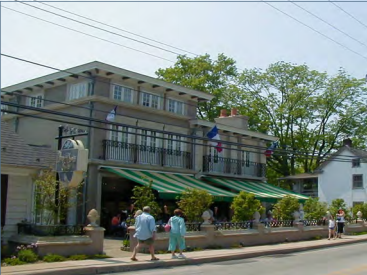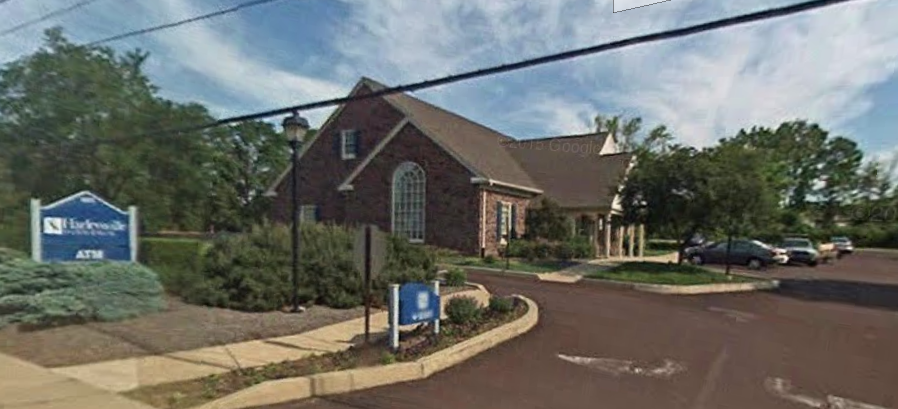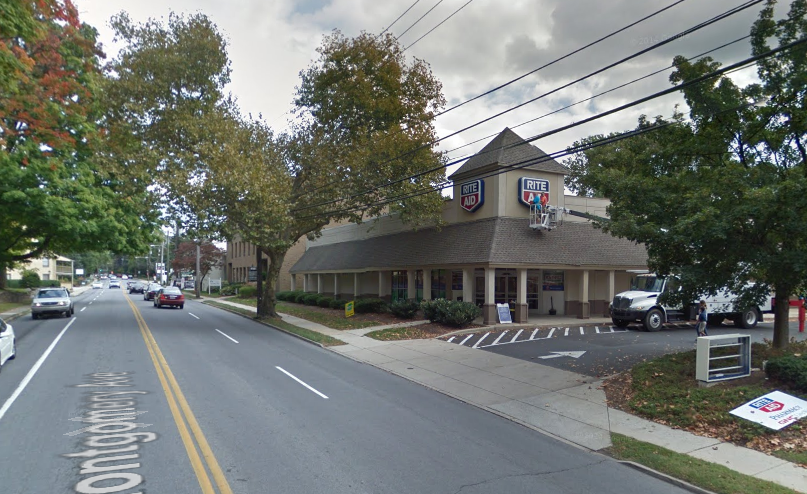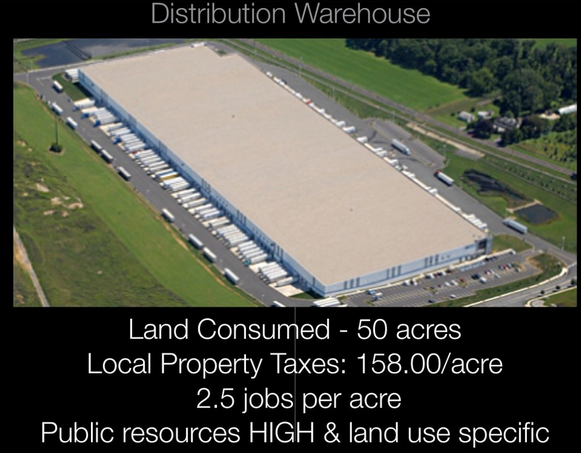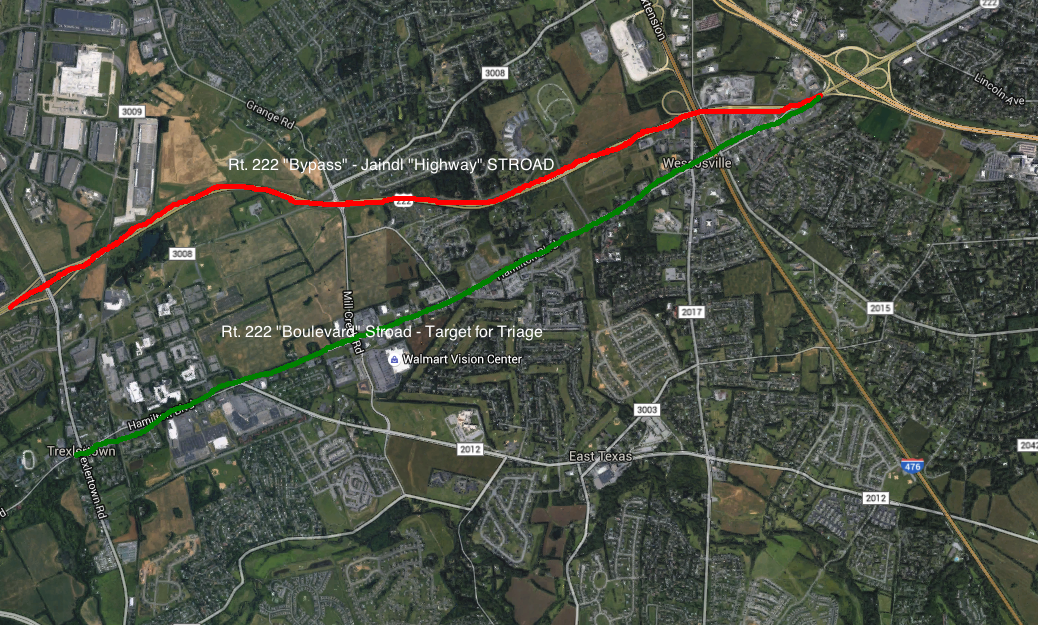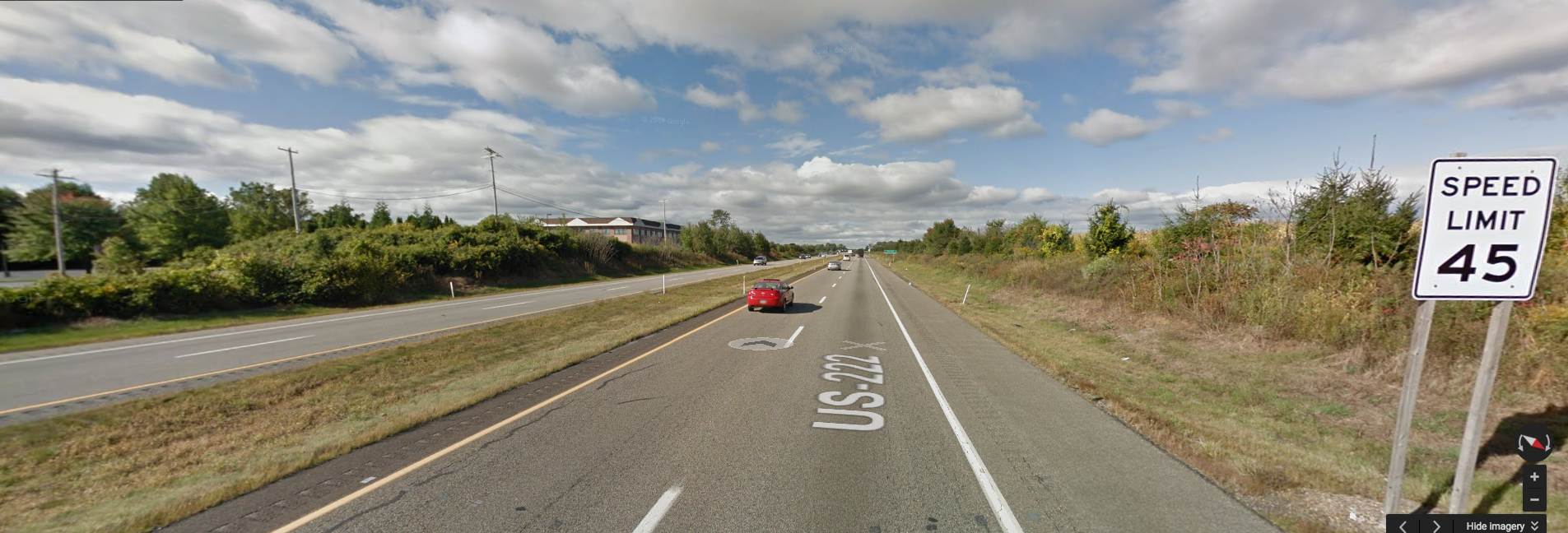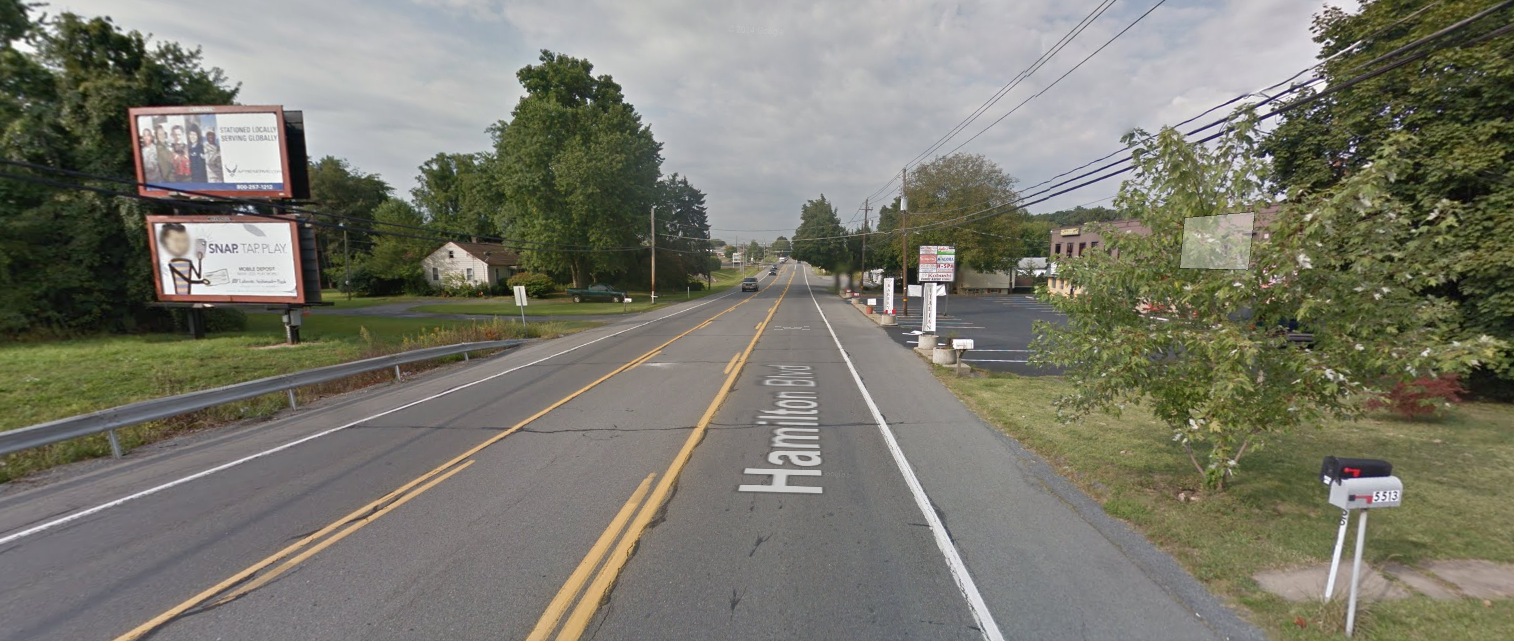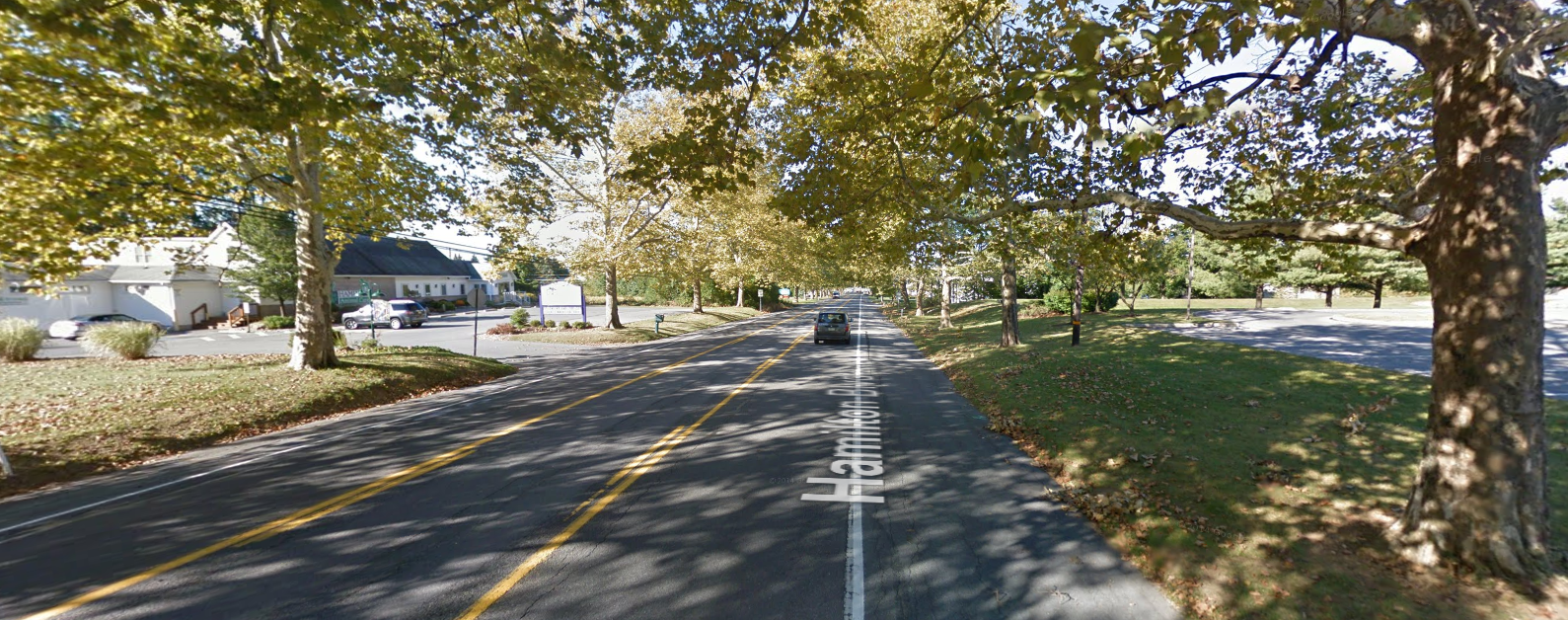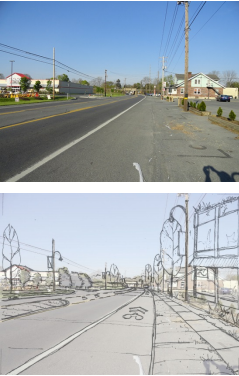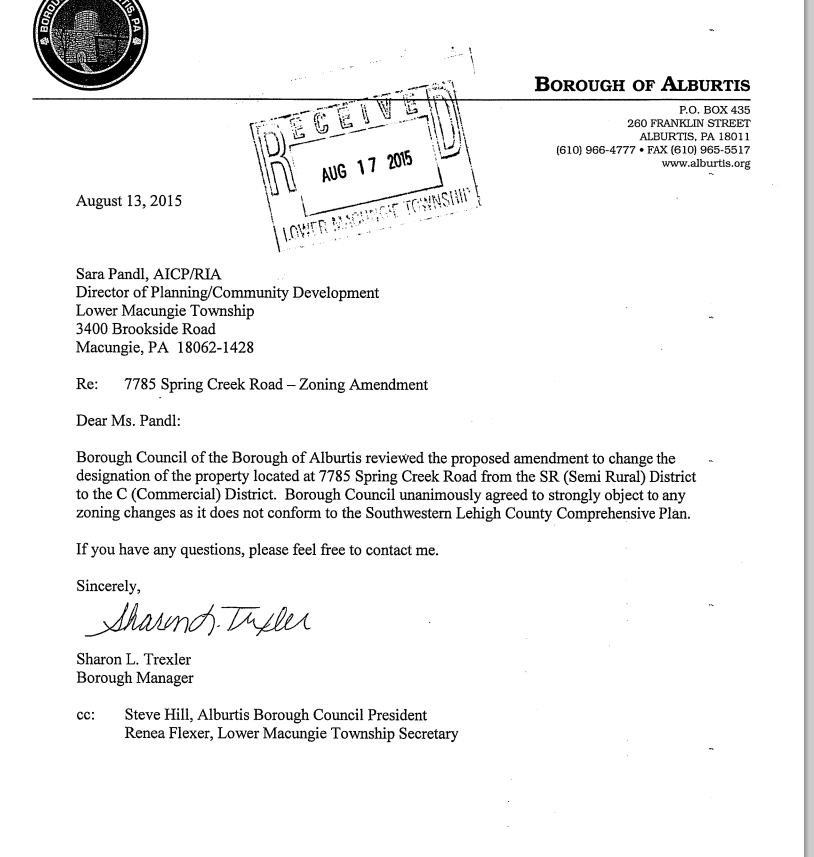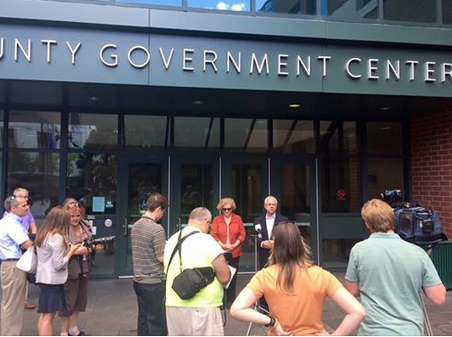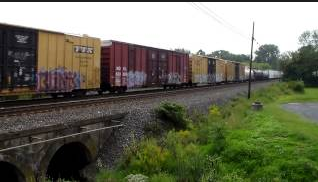The Governmental Accounting Standards Board (GASB) now requires cities to disclose, as part of their financial reporting, the amount of money lost to tax subsidies.
GASB is the source of generally accepted accounting principles (GAAP) used by State and Local governments in the US.
If I’m understanding this correctly, moving forward Lower Macungie Township will have to disclose as part of our yearly audit the amount of money given away as a part of the Hamilton Crossings TIF subsidy. I believe this applies to the school district as well. And would have the County had they not had the foresight to opt out of the giveaway. Moving forward they will now benefit from 100% of the incremental revenue while the school district and township each forfeit 50%.
Most governments trying to sell tax abatement schemes to residents provide volumes of information before adoption, problem is rarely do they follow up. More specifically they do not often enough assess how the abatements affect finances over the long term in relation to newly assumed liabilities associated with the development.
Strongtowns as usual nails the importance of this:
Moving forward as part of the yearly audit Lower Mac will now quantify the tax giveaway on paper. Does this change the underlying problems that I think the TIF will create? No. But by better understanding the impact we can make better informed decisions in the future.
Here is a link to the new requirements. – GASB Tax Abatement Disclosures
Background: Last year Lower Mac and the EPSD both narrowly adopted a contentious TIF for the Hamilton Crossings shopping center. Tax increment financing, or TIF, subsidizes companies by refunding or diverting a portion of their taxes to help finance the project.
While I am not against all abatement programs I did vote against the Hamilton Crossings TIF. The main reason was it clearly failed what I consider to be the most important criteria. That being the “but for” test. Meaning, would the project or similar desired development happen “but for” a government intervention. In our case basically the answer was a resounding yes. This is evidenced by projects heating up literally across the entire township – no TIFS needed. When we utilize a TIF where it isn’t a necessity in an otherwise healthy local economy like Lower Macungie is we skew the market.


